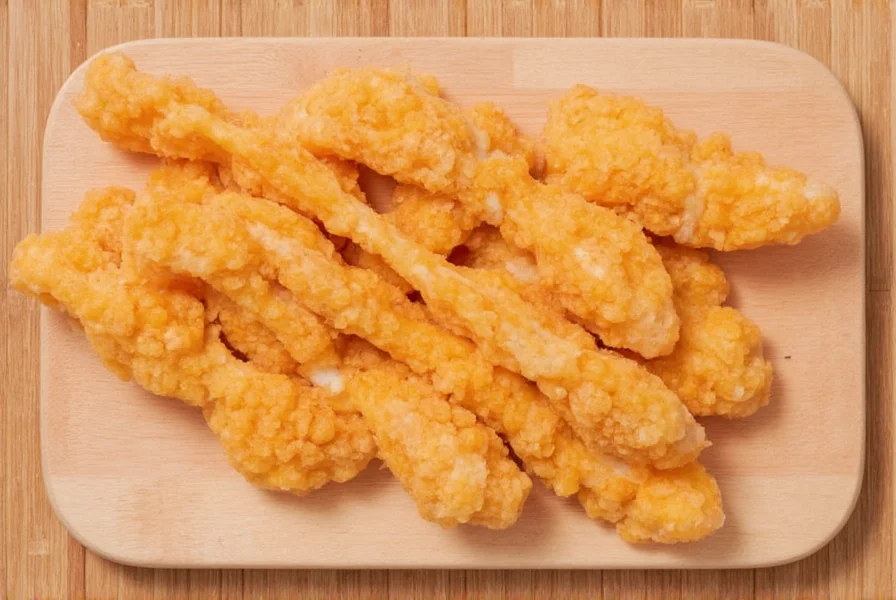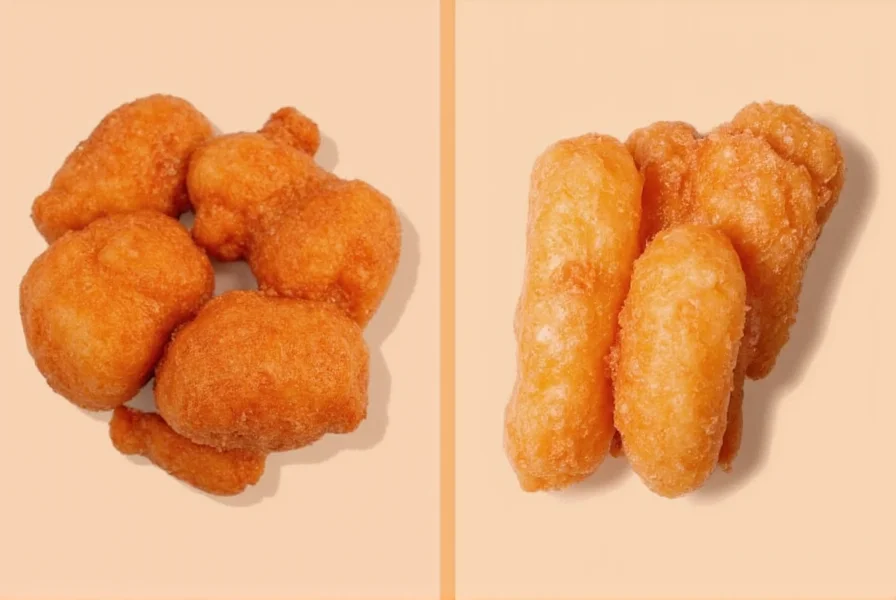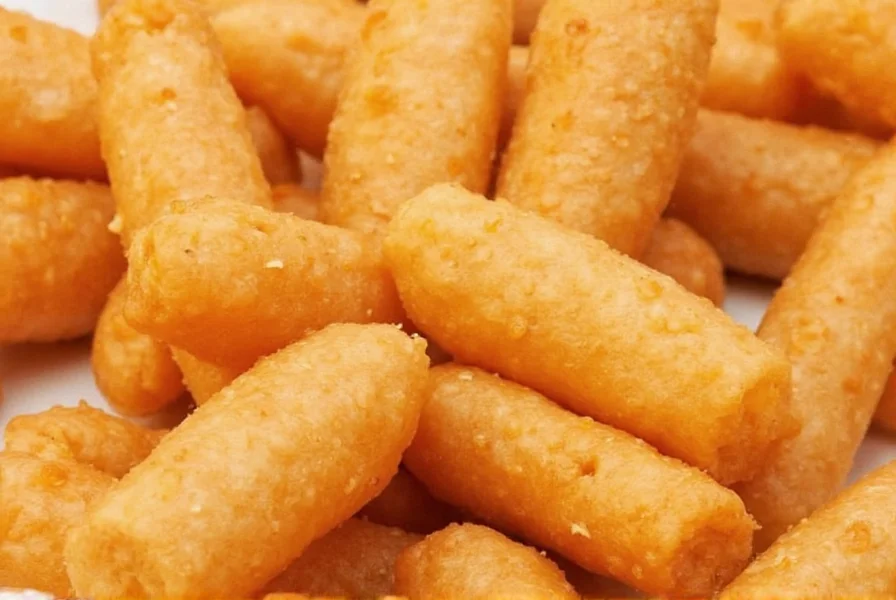Ginger pop represents a distinctive category within carbonated beverages that's often misunderstood or confused with similar ginger-flavored drinks. This refreshing beverage occupies a unique space between traditional ginger ale and more robust ginger beer, offering a balanced flavor profile that appeals to a wide range of palates.
Defining Ginger Pop Characteristics
At its core, ginger pop contains ginger root extract as the dominant flavor component, combined with carbonated water, sweeteners (typically cane sugar or high-fructose corn syrup), and various natural flavorings. The "pop" designation generally indicates a lighter, more approachable ginger experience compared to traditional ginger beers that undergo fermentation.
What sets authentic ginger pop apart is its careful balance of spicy ginger notes with sweetness and carbonation. The ginger content provides a subtle warmth without the intense bite characteristic of craft ginger beers. Most commercial ginger pops maintain an alcohol content below 0.5%, classifying them as non-alcoholic beverages despite potential minimal fermentation during production.
| Beverage Type | Ginger Content | Carbonation Level | Alcohol Content | Sweetness Level |
|---|---|---|---|---|
| Ginger Pop | Moderate (real ginger extract) | High | Non-alcoholic (<0.5%) | Moderate to high |
| Ginger Ale | Low (often artificial) | Medium to high | Non-alcoholic | High |
| Ginger Beer | High (fresh ginger) | Medium (natural) | 0.5%-5% (fermented) | Low to moderate |
Historical Context of Ginger Pop
The term "pop" for carbonated beverages originated in late 19th century America, referring to the sound made when opening a bottle. Ginger-flavored versions emerged as regional specialties before major soft drink companies standardized recipes. Unlike ginger beer which has British origins dating to the 18th century, ginger pop developed primarily in North America as a milder alternative suitable for children and those preferring less intense ginger flavors.

Ingredients and Production Process
Traditional ginger pop production involves:
- Extracting ginger flavor through boiling fresh ginger root
- Combining with sweeteners and additional flavorings
- Carbonating the mixture under pressure
- Bottling or canning without significant fermentation
Modern commercial production often uses ginger extract rather than fresh root to ensure consistent flavor. The absence of extended fermentation distinguishes it from craft ginger beers, which rely on natural fermentation processes that develop more complex flavors and slight alcohol content.
Flavor Profile Analysis
Ginger pop delivers a three-dimensional taste experience:
- Initial sweetness from added sugars that balances the ginger's natural heat
- Middle notes of citrus or spice depending on additional flavorings
- Finish with mild ginger warmth that dissipates quickly without lingering burn
This progression makes ginger pop particularly versatile as a standalone beverage or mixer in cocktails where a subtle ginger flavor is desired without overwhelming other ingredients. The carbonation level typically exceeds that of ginger ale, creating a more effervescent drinking experience.
Homemade Ginger Pop Preparation
Creating authentic ginger pop at home allows for complete ingredient control. A basic recipe involves:
- Simmering freshly grated ginger in water for 15-20 minutes
- Straining and combining with sugar to create ginger syrup
- Cooling the syrup before mixing with carbonated water
- Adding lemon or lime juice for brightness (optional)
For those interested in crafting ginger pop without artificial ingredients, using raw honey instead of refined sugar and fresh citrus juices enhances the natural flavor profile. The key to perfect homemade ginger pop lies in balancing the ginger-to-sweetener ratio to achieve that signature mild yet distinctive ginger flavor.

Health Considerations of Ginger Pop
While not a health beverage per se, ginger pop offers some potential benefits compared to other soft drinks. The ginger content provides trace amounts of gingerol, the compound responsible for ginger's therapeutic properties. However, commercial versions contain significant sugar content, typically 20-30 grams per 12-ounce serving.
For those seeking low sugar ginger pop alternatives, several brands now offer diet versions using alternative sweeteners. Home preparation allows complete control over sugar content, making it possible to create versions with reduced sweetness while maintaining the characteristic ginger flavor.
Serving Suggestions and Pairings
Ginger pop shines in various contexts:
- As a refreshing standalone beverage chilled over ice
- Mixed with bourbon or dark rum for classic cocktails
- Combined with fruit juices for mocktails
- Used as a base for homemade sodas with added fruit purees
The versatility of ginger pop makes it particularly valuable for non-alcoholic beverage pairing with spicy foods, where its mild ginger flavor complements rather than competes with bold culinary flavors. Its carbonation helps cleanse the palate between bites of rich or spicy dishes.
Regional Variations and Availability
Ginger pop availability varies significantly by region. In North America, it's commonly found in grocery stores alongside other soft drinks, though selection may be limited compared to mainstream colas. Some regional brands maintain traditional recipes that have been passed down through generations.
Internationally, what's labeled as "ginger pop" in North America might be called simply "ginger beer" in other markets, creating confusion for consumers. Understanding regional naming conventions for ginger beverages helps when traveling or exploring international grocery options.
Frequently Asked Questions
Is ginger pop the same as ginger ale?
No, ginger pop and ginger ale differ primarily in ginger intensity and production methods. Ginger pop typically contains more real ginger flavor than many commercial ginger ales, which often use artificial ginger flavoring. Ginger pop generally has a more pronounced ginger taste than standard ginger ale but less than traditional ginger beer.
Does ginger pop contain alcohol?
Most commercial ginger pops are non-alcoholic with less than 0.5% alcohol content, which qualifies them as non-alcoholic beverages. Unlike traditional ginger beer which undergoes fermentation, ginger pop is typically carbonated without significant fermentation, keeping alcohol levels negligible.
What's the difference between ginger pop and craft ginger beer?
Craft ginger beer undergoes natural fermentation using fresh ginger, sugar, and a ginger beer plant (a symbiotic culture), resulting in higher ginger intensity and potential alcohol content up to 5%. Ginger pop is typically force-carbonated without extended fermentation, contains less ginger, and maintains a milder, sweeter profile with negligible alcohol content.
Can I make ginger pop at home without special equipment?
Yes, you can create homemade ginger pop using basic kitchen equipment. Simmer fresh ginger in water, strain, add sweetener to create a syrup, then mix with store-bought carbonated water. For carbonation without special equipment, use chilled club soda or sparkling water as the base mixed with your ginger syrup.
Is ginger pop good for upset stomach?
While ginger has documented benefits for digestive issues, commercial ginger pop contains relatively small amounts of ginger compared to therapeutic doses. The high sugar content in many versions may counteract potential benefits. For stomach relief, fresh ginger tea or supplements with standardized ginger content would be more effective than ginger pop.











 浙公网安备
33010002000092号
浙公网安备
33010002000092号 浙B2-20120091-4
浙B2-20120091-4